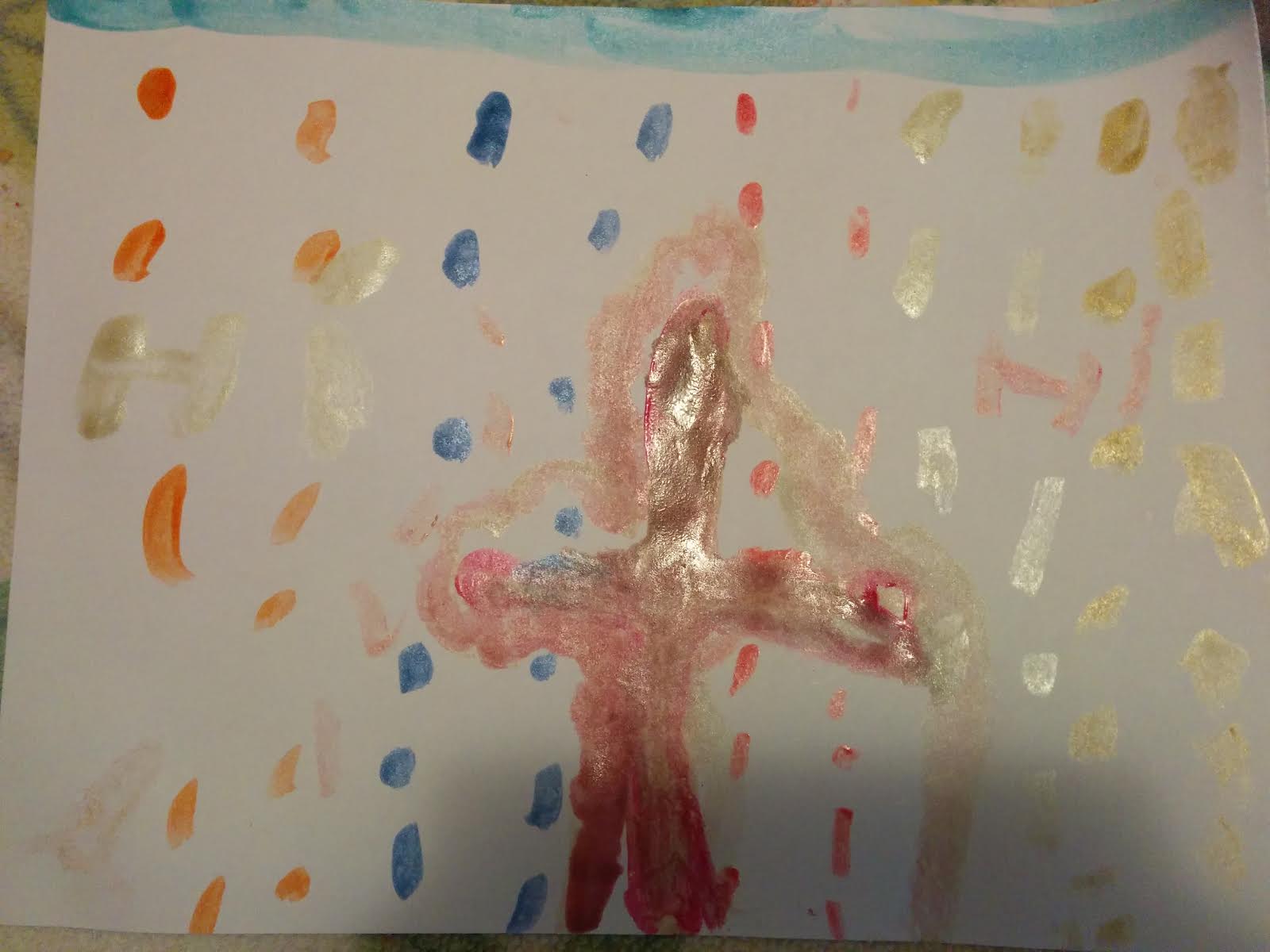Wonder
Children come hardwired for wonder. “Children are born with certain values intact—namely their sense of wonder and their affinity for nature.”[1] One reason is that the abstract difference between ordinary and profound is not a distinction a child can usually make. Therefore all experiences can be loaded with wonder. Rachel Carson noticed this in her walks with her nephew: “Many children delight in the small and inconspicuous.”[2] Nature is loaded with sensory experiences. Through nature God becomes present to touch, smell, sight, sound, and sometimes taste. John Calvin called nature “the theater of God’s glory.” Further, children will respond to wonder with their own bodies. They will jump or scream, run and play.[4] Through nature children are invited into a full body conversation with God.
Union
When adults are giving the opportunity to talk about their childhood experiences they will often recall an instance in which they felt “at one” with the “ebb and flow” that surrounded them.[5] Far from the typical view of children as self focused, these experiences bring children well beyond the boundaries of self and into the relational space of creation and Creator. Rather than leaving the self behind and forcing an either/or choice, nature brings along the self and expands it to a sense of larger belonging.[6] Human beings are beings of place. Rooting in Earth as place helps to widen human focus, to extend beyond themselves.[7] The Genesis account of creation reminds us that human beings are created from earth and will return to earth (Gen. 3:19).
Mystery
Experiences of nature make the space for mystery.[8] Mystery acknowledges the end of the human range of knowing and is essential. Children find great mystery in the process of birth, growth, and death.[9] Children find all three of these processes fascinating and completely out of range of their power to control or influence. While children have not reached Piaget’s stage of formal operations, they possess the humility necessary to understand their limitations. The great sorrow children often express at the death of a pet is a notion of the unity they feel with the animal, and also an expression of their powerlessness to change the outcome. Children are able to embrace the mystery in death. Humility and endless curiosity enables them to be comfortable pondering the depths of what they do not know. The mystery children find in nature contains both wonder and union, all of which can give them an experience of the Creator who longs to connect with them.
What Now?
These aspects of spiritual formation cannot be directly taught. They must be experienced. However adults can aid by modeling awareness. Asking open ended questions and processing experiences aloud are formative tools; as is making the space and time for children to simply be in creation, communing with the Creator, without adult involvement. For some, these experiences will stand alone as anchors to Someone larger than themselves in whom they can trust, but do not know. In Christian spiritual formation these gifts from nature provide a pool of experiential knowledge that can be drawn upon in later stages of religious education.
Wonder, union and mystery are a part of adult formation as well. If we want to continue to grow into Christlikeness, these three will be a regular part of our lives. In what ways do you engage wonder, union and mystery?
A few resources that informed my thinking. I hope they are helpful for you too.
[1]. Michael K. Stone and Zenobia Barlow, “Values,” in Ecological Literacy, Kindle Electronic Edition: Introduction to Values, Location 993.
[2]. Rachel Carson and Nick Kelsh, The Sense of Wonder (New York: Harper Collins Publishers, 1998), 52.
[3]. Brunner, Butler, and Swoboda, Introducing Evangelical Ecotheology, 88.
[4]. Rebecca M. Nye, “Convergence with Children’s Theory of the Mind?,” in Being Human: The Case of Religion, Vol. 2. Psychological Studies on Spiritual and Religious Development, ed. K. Helmut Reich, Fritz K. Oser, W. George Scarlett (Lengerich, Germany: Pabst Science Publishers, 1999), 67.
[5]. David Hay and Rebecca Nye, Spirit of the Child. (London: Fount, 2006) Kindle Electronic Edition: Chapter 3, Location 1122.
[6]. Ibid., Chapter 7, Location 2090.
[7]. David W. Orr, “Place and Pedagogy”, in Ecological Literacy: Educating Our Children for a Sustainable World, ed. Michael K. Stone and Zenobia Barlow (San Francisco: Sierra Club Books, 2005) Kindle Electronic Edition: Part 2: Tradition/Place, Location 1724.
[8]. Malcolm Margolin, “Indian Pedagogy: A Look at Traditional California Indian Teaching Techniques”, in Ecological Literacy: Educating Our Children for a Sustainable World, ed. Michael K. Stone and Zenobia Barlow (San Francisco: Sierra Club Books, 2005) Kindle Electronic Edition: Part 2: Tradition/Place, Location 1433.
[9]. David Hay and Rebecca Nye, Spirit of the Child. (London: Fount, 2006) Kindle Electronic Edition: Chapter 7, Location 2177.
[10]. Ibid., Chapter 6, Location 1963.
 "This is what my brain looks like when there are too many emotions and sounds and my brain gets a glitch it in and shuts down."
"This is what my brain looks like when there are too many emotions and sounds and my brain gets a glitch it in and shuts down."













